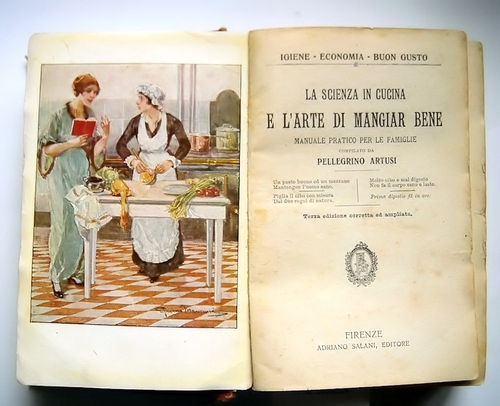Date of Origin
The exact date of origin of this type of dumpling is unknown. There are many debates on even what constitutes the earliest documentary evidence. This is due to the tortellini’s etymology. “Some Italian writers claim tortellini existed as far back as the early 10th century, but actual evidence is hard to come by. Cookbooks of the 16th and 17th centuries mention filled pastas called tortelletti and other variations on the word torta, which means cake or turnover. But thus far none of the early recipes describe its unusual shape. Tortellini shaped as we know them today were definitely eaten in Bologna by the 1830s.” (Kasper, 75) It seems that early sources did not make a differentiation between the tortellini and other Italian dumplings, such as the ravioli. Laura Schenone describes her struggle to make these discernments and suggests the link between tortellini and ravioli when she says, “Despite my struggle to read the archaic Italian, I could discern many ravioli-types dishes in Scappi, most by a name of tortellini.” (Schenone, 172) It does seem that the tortellini would have started as a court food due to the richness of its ingredients. However, by the late nineteenth century, the tortellini seems to be associated as a truly Italian dish. In Pellegrino Artusi’s famous cookbook, Science of Cooking and the Art of Eating Well, he only describes two dishes as Italian, one of which is the tortellini. (Capatti and Montanari, 28)
Photo: <http://cookitaly.typepad.com/.a/6a012875c9d86f970c0120a8a5e4ea970b-500wi>

